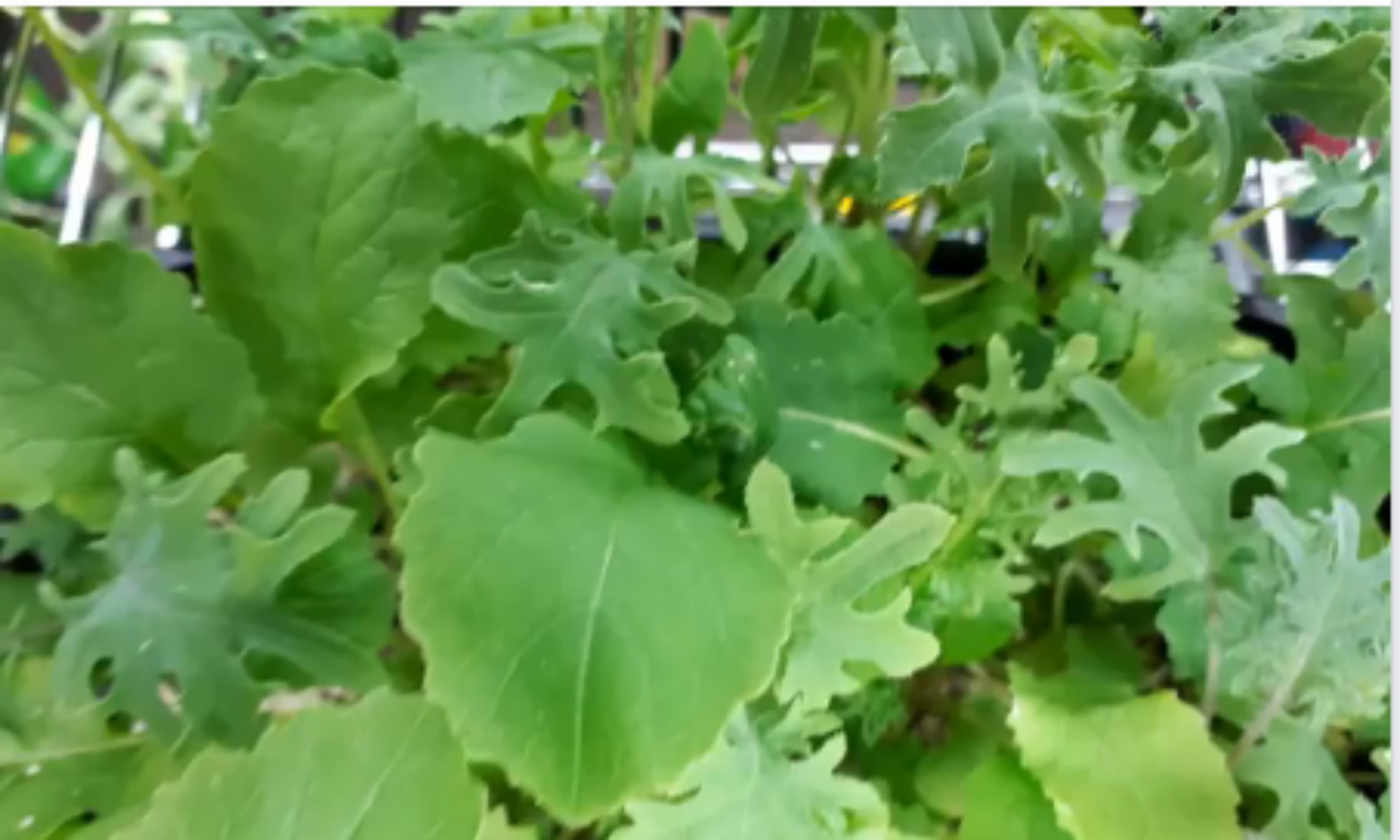Propagating cuttings from your existing plants is a great way to increase your plant collection, plus it’s a fun way to share your plants. Propagation tubes are easy to use, but you don’t need tubes, tiny glass bottles would work well. Most plants can be propagated this way. With clear tubes or containers, you can check for the beginning hair roots and watch the rooting process.
What you Need
The list to get started is pretty short: Fresh water; a container; and string if you want to hang your container. If you are using propagation tubes you can hang them on the wall or use a frame or something to keep them upright, a rooting hormone, and of course, a plant from which to take cuttings.
For some plants rooting hormone isn’t required, but I do find that I get better rooting, faster using the hormone. There are several brands of rooting hormone on the market. Some come in powder form, with a hardness standard of soft, medium, and woody. Others are in gel form. It doesn’t matter which you choose, but the gel seems to be the most popular.
Propagating Cuttings
Ideally, to use a propagation tube your cutting should be 4 to 5 inches long with 2 – 3 leaves above the water for photosynthesis and one set of leaf nodes** in the water.
- Select a tender, young stock on your mother plant. Propagating cuttings will be more successful with young, tender cuttings. Pick a cutting that has 3 leaf sets including the tip. If a multi-leaf plant, like rosemary or thyme, try to take your cutting in a more tender stem. Make a clean cut just below the third pair of leaves to take your cutting. Use a knife or very sharp scissors so you don’t crush the tender stem.
- Carefully pinch off the bottom leaf pair**, taking care not to pull fibers off the stem. The roots will emerge where the leaf pair were. If you won’t be able to put your cutting in the water right away, take the cutting roughly an ½” below the leaf pair. Just like fresh flowers, you’ll want a fresh cut to germinate.
- Dip the end of your cutting in a bit of the rooting hormone. Make sure to cover about 1/4 inch of the cutting with the hormone.
- Remove the cap from your tube. Fill the tube with water to the depth that enables about an inch of the cut end to be in the water. Ensure you maintain that level of water in your container. Refresh the water every few days.
Rooting Stage
- Depending on the opening of your container don’t let your cutting develop too much of a root ball before transplanting into your media or you may have difficulty getting it out without breaking your new tender roots.
- Hang or place your container in bright but indirect light.
Transplanting your New Plant
- Once you have a few 2” roots it’s time to transplant. Transplant your new plant into a 2 to 4-inch container with potting soil. Make sure the roots are covered with soil and just below the surface of the soil.


